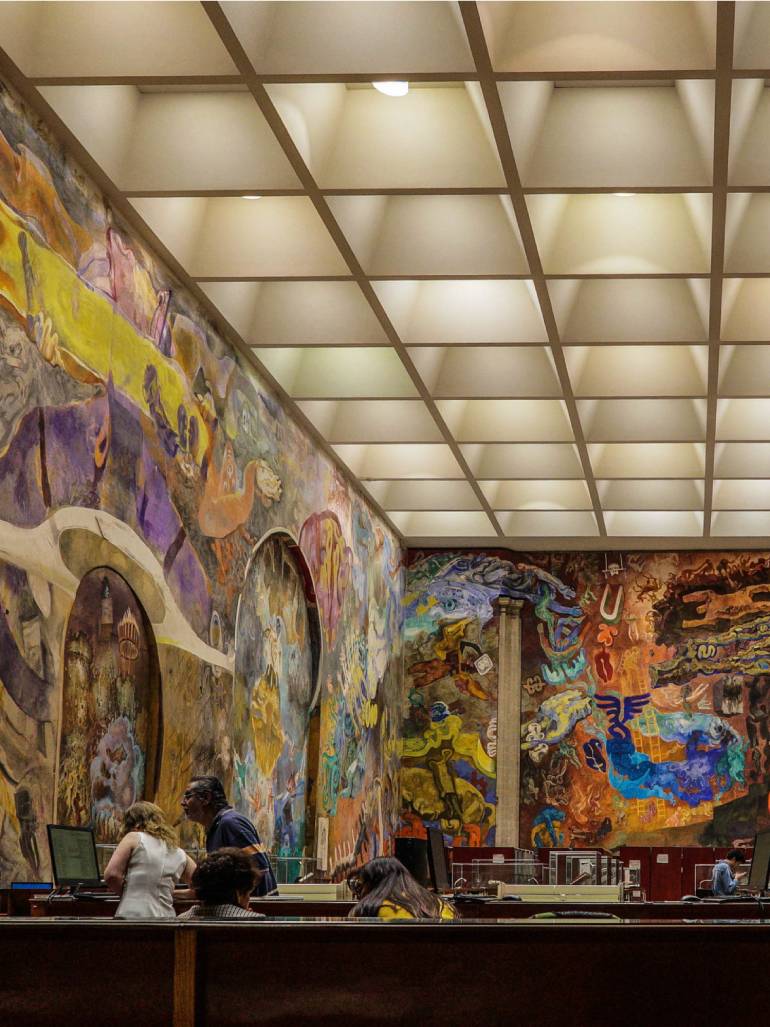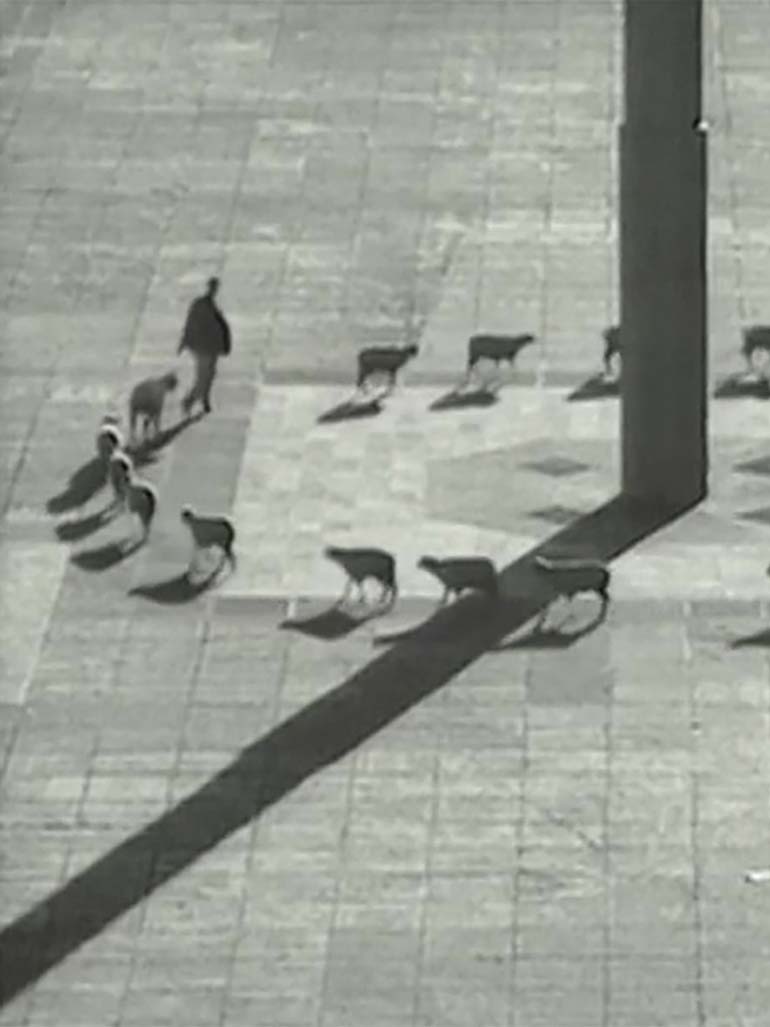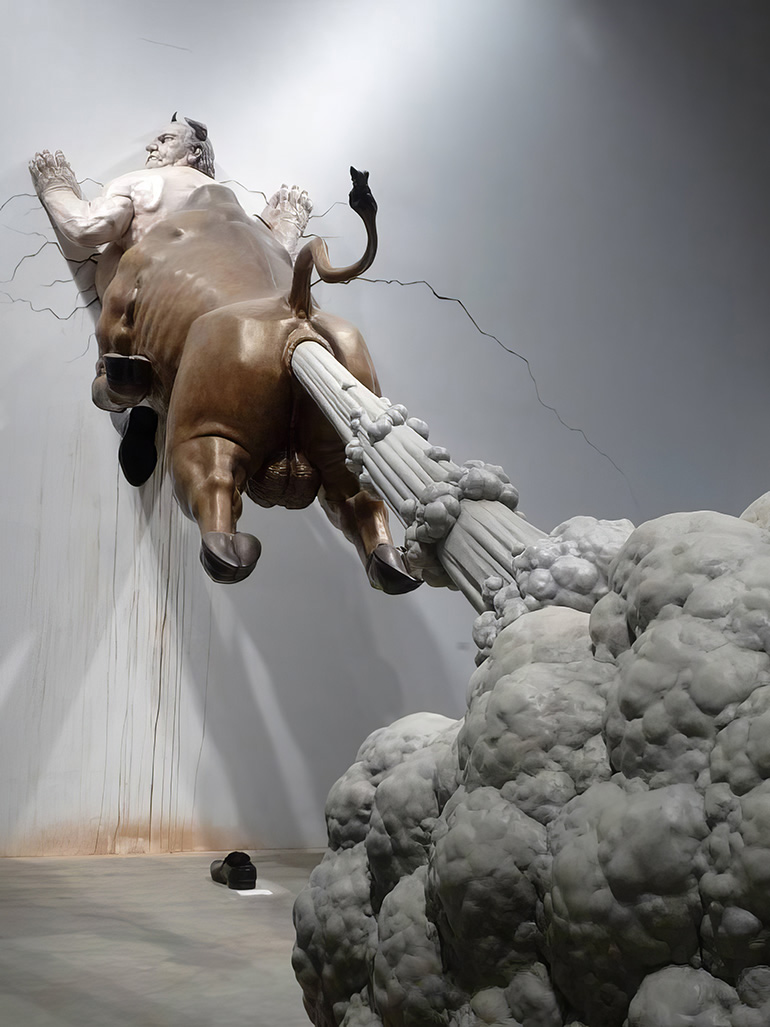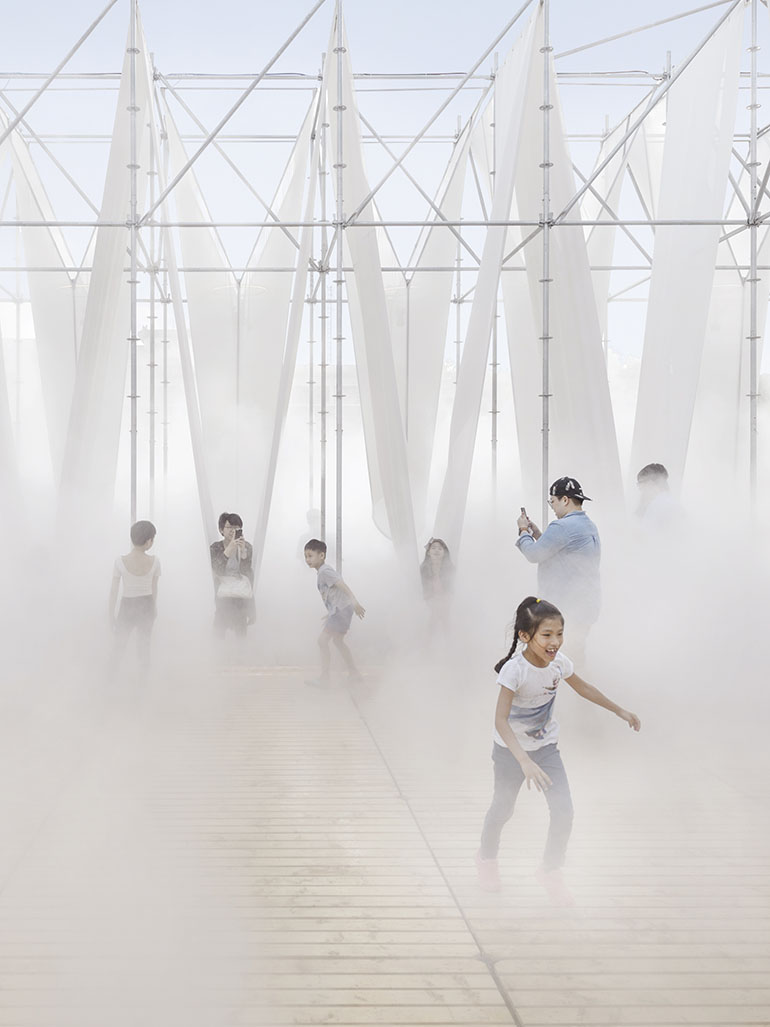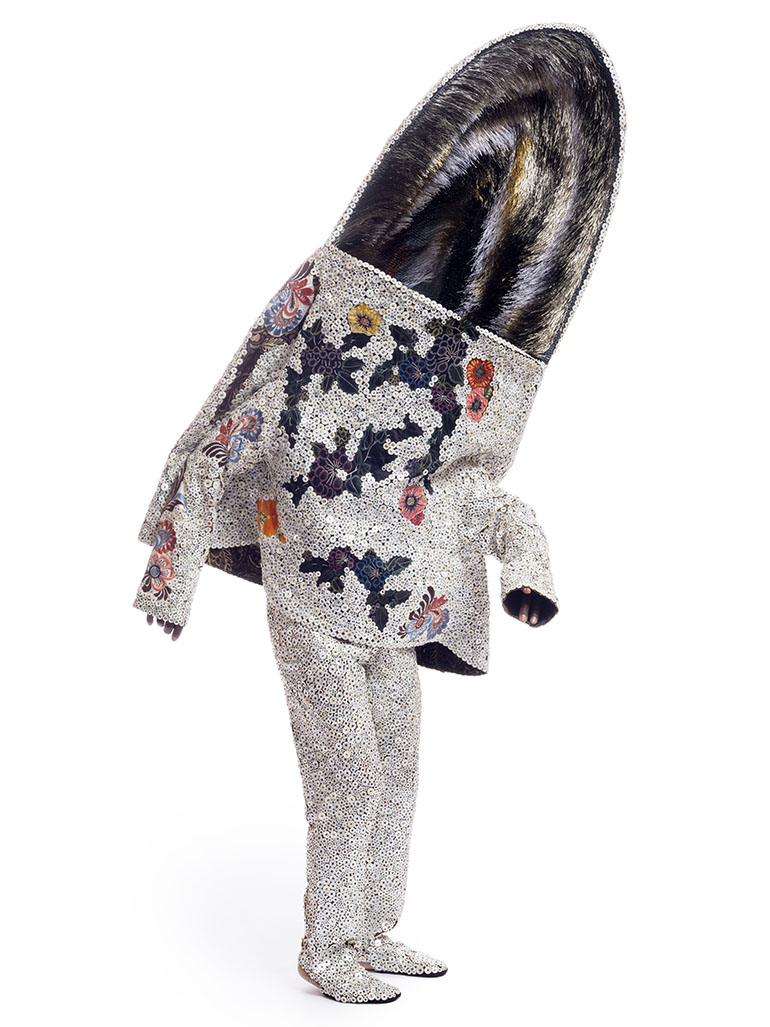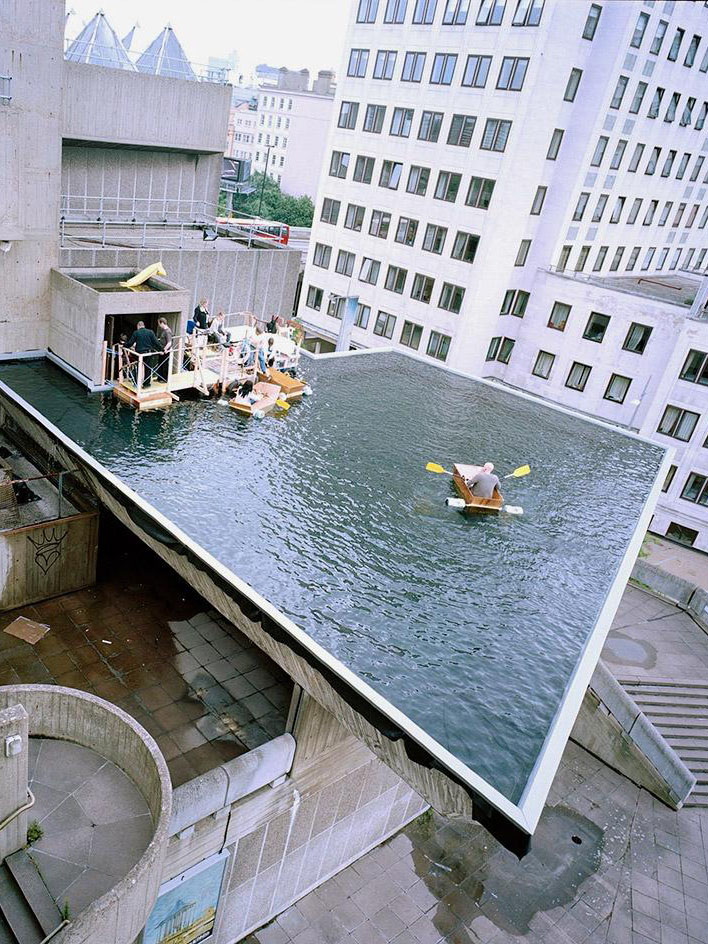
FQX7+M6 Naucalpan de Juárez, State of Mexico, Mexico Copy to clipboard
19.49919, -99.236871 Copy to clipboard
Before you go
Attire: Wear comfortable clothing and sun protection, especially if visiting during daylight hours. Sturdy footwear is recommended for uneven terrain near the plaza.
Nearby attractions: Explore Plaza Satélite, a major shopping center nearby, offering dining and retail options.
Photography: The towers are ideal for photos during daylight or when illuminated at night. Use a zoom lens for shots from a distance or capture immersive angles from the plaza.
Safety: Avoid visiting during peak traffic hours to reduce risks. Be cautious near the highway and supervise children, as there are no barriers separating the plaza from the traffic circle.
Best visit time
The Torres de Satélite can be viewed at any time, but daylight hours offer the best visibility and safety.
Early mornings or late afternoons provide ideal lighting for photos, while nighttime visits highlight the illuminated structures.
Weekends generally have lighter traffic, making navigation easier.
Directions
By car
From Mexico City, take the Anillo Periférico northbound towards Naucalpan. Use the lateral lanes and look for signage near Plaza Satélite. Enter the small parking lot on the northern side of the site.
By public transport
Bus: Local buses serve the Ciudad Satélite area, with stops near the lateral lanes of Anillo Periférico. Inquire locally for the best route. Pedestrian access is discouraged due to highway conditions and lack of walkways.
Metro: Take Metro Line 2 (Blue Line) to Cuatro Caminos station, then transfer to a taxi or local bus heading towards Ciudad Satélite.
Parking
A small parking lot is available next to the Torres, but entry requires careful navigation due to high-speed traffic. Parking is free, but spaces are limited.
What is it?
The Torres de Satélite or Satellite Towers is a collection of sculptures installed in the Ciudad Satelite district of Naucalpan in Mexico State, a few kilometers outside Mexico City 1.
They are considered among Mexico’s 2 first large-scale urban sculptures 3. The monuments were conceived in 1957 by the famous Mexican painter Jesús Reyes Ferreira 4, architect Luis Barragan 5, and sculptor Mathias Goeritz 6.
Initially, the installation was supposed to consist of seven sculptures, with the tallest tower standing at 200 meters tall. However, the team in charge faced budgetary constraints that meant they could only create five buildings, with the tallest standing at 52 meters tall and the shortest at 30 meters tall.
Its design is attributed to all the three creatives who came up with the idea for the towers. They would meet every day and speak for hours about the project, which would function as the gateway to the new urbanization or subdivision of Ciudad Satélite.
The Satelite Towers were officially inaugurated in March 1958 and became an emblem of the newfound and modern Ciudad Satélite.

Ciudad Satélite or Satellite City
Ciudad Satélite or Satellite City was founded in 1957. It was initially conceived as “a city outside the city 7“8
, a solution to the increasing population of the upper classes of Mexico City and is considered one of the most prominent architectural projects of the 20th century in the country.
It was initially imagined as a commuter bedroom community, with developers hoping to maintain a green belt between the area and Mexico City, but its explosive development and spikes in property prices made this unsustainable.
Video: Commercial for Ciudad Satélite
The project was pioneered by the Austrian architect Herman Herrey, who was known for his expertise in road planning. Herrey’s system, called “circumferential traffic”, was adopted and it included not having a single right angle, which made it possible not to have traffic lights in the development.
When this urban development was being planned with the infrastructure of the streets, the conception of the Torres de Satélite began.

Initial ideas
The idea of building satellite cities surrounding Mexico City was seen as an absurd idea and no one was ready to entertain it. But as a condition, then President of Mexico, Miguel Aleman, asked to install a representative monument that would function as a gateway to the new city, entrusting the project to Luis Barragan through Mario Pani. Barragan, in turn, invited Goeritz, while Jesus Reyes joined later.

The former president requested the towers be erected even before the houses were built. Thus the initial Ciudad Satélite project was left as a grand mirage since the city had already rapidly expanded, joining Mexico City, thanks to the famous Satellite Towers.
Luis Barragan initially wanted the towers to include a fountain to commercially market the installation. The fountain would convince potential home buyers that the city had enough water. This original idea of a fountain led to a rumor that there could be an observation point in one of the towers, and the other towers could be transformed into huge water reservoirs.
After dropping the idea of a water fountain, Barragan came up with a new design, using seven towers, each colored differently – red, blue, yellow, pink, and three brown. Barragan did the plan of these seven pillars, but the idea didn’t come to fruition due to financial constraints.
Mathias Goeritz designed the five pillars, which would later be brought to reality. Barragan was out of the country, so it is believed that Goeritz had worked on the design alone. According to Goeritz, Barragan only knew of the model two hours before it was presented to Aleman and Aguilar.
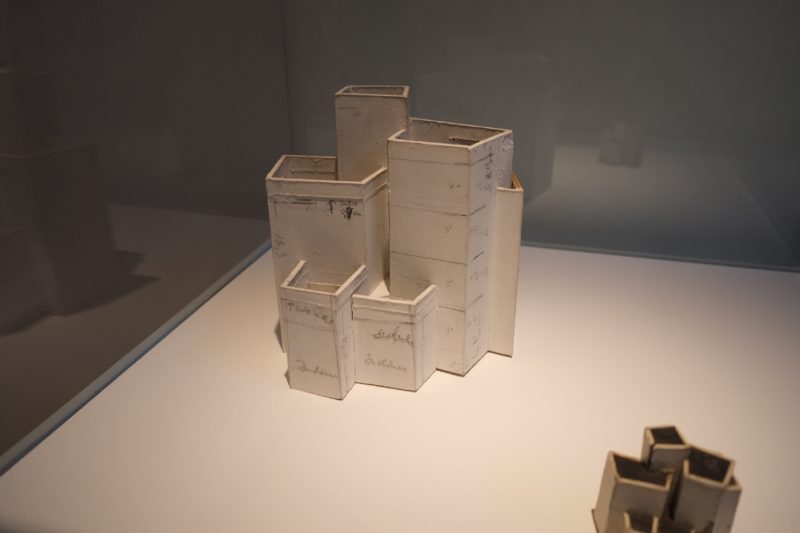

I would like to see my blocks standing still, huge, like buildings in an open landscape, so that people could see them from afar.
Luis Barragan, on the other hand, declared 1112:
I went to see the land at the exit of the road to Queretaro, with a very steep slope [. . .], we had to do something there that would be a symbol of the city and above all that was on the scale of the city. A point of reference, something that would tell everyone where they were, both day and night. [. . .] Even now, when the days are clear, the Satellite Towers are visible from a good part of the city.
The two, the architect and the sculptor, fought against each other to demonstrate the authorship of the installation. Nevertheless, they were 100% committed to the project from start to finish.


Design & size
In the design of the towers, the five isosceles triangles are emblazoned within another giant triangle. The perimeter of the latter coincides with one of the sides of the red, blue, and white towers.
The yellow tower is located on the axis of the giant triangle and in the middle of the other towers. However, the largest tower passes tangentially through one of the apices of the shorter building, specifically through its northeastern vertex. This arrangement allows for the continuous changing in the platform’s perspective as your approach on foot or by car.
Due to their height, the Satellite Towers are as tall as medium-sized buildings. The construction used reinforced concrete to help anchor them safely to give the towers outstanding rigidity to counter the force generated by strong winds.

Colors
The colors were Barragan’s idea and were inspired by surrealist paintings 13 and Bauhaus 14, although sculptor Goeritz also had the desire to paint the buildings in different shades of orange. However, due to pressure from investors and constructors, he changed his mind. It was decided that three towers each would be painted yellow, red and blue and two in white.

Once the concrete had dried, the colors were applied – one red tower, three white towers, and one yellow tower. But at the end of 1958, an arbitrary decision was reached and one of the white towers was repainted blue.
This happened without the blessings of Mathias Goeritz, who felt that the tower would not contrast perfectly with the blue sky. Moreover, Goeritz had planned to add flutes and whistles on top of the buildings to produce sounds like wind toys. Eventually, the idea was discarded by the financial backers.

Color is a complement to architecture, it serves to widen or shrink a space. It is also useful to add that touch of magic that site needs. I use color, but when I design, I don’t think about it. I usually define it when space is built.
So I visit the place constantly at different times of the day and I begin to ‘imagine color’, to imagine colors from the craziest and most incredible.
I return to painting books, to the work of surrealists, in particular De Chirico, Balthus, Magritte 17, Delvaux, and Chucho Reyes. I review the pages, look at the images and paintings, and suddenly I identify a color that I had imagined and then I select it.
In 1966, Goeritz was asked to provide an opinion on the colors he would like the towers painted again. He suggested orange tones since that would perfectly contrast with the blue sky as a complementary color. Thus, the first restoration of the construction saw them painted orange.
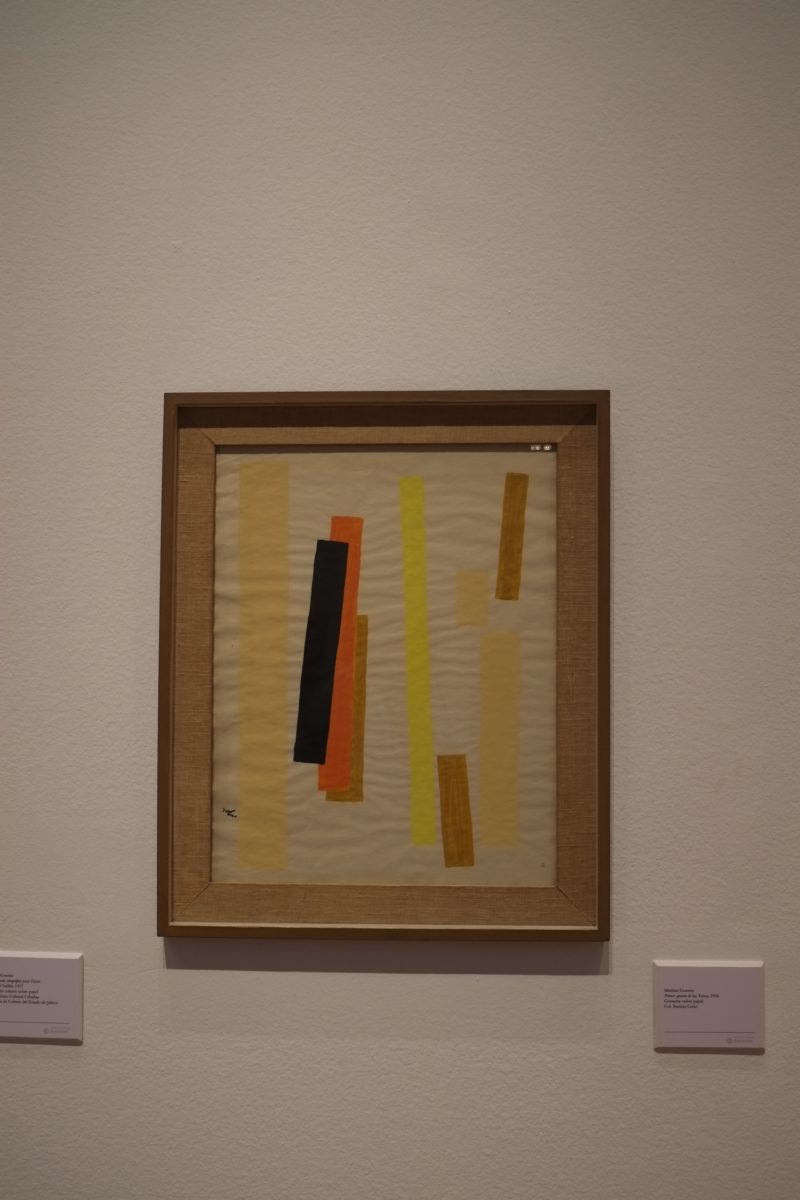
However, the orange-colored vinyl only lasted for two years, and the buildings turned gray. This called for a new restoration, but this time, using the original colors of the towers.
The colors of the towers provide them with a touch of naturalness and expressive power and incredible sculptural plasticity, character and personality.

The meaning of Torres de Satélite
As you come closer to the towers, you pass them and finally leave them behind, creating a geometry sensation and a continuous change where the image of the buildings is not the same.
According to the Official Journal of the Mexican Federation 1819, the main official government publication in Mexico:
The towers present “a high degree of innovation since it marks the beginning of a new plastic proposal known as minimal art or minimalism. The sculptural conception of the Satellite Towers aims to be a combination of spirituality and communion between architecture, painting, and sculpture by combining surreal elements that alter the perception of the sky and the environment, establishing itself as true urban art.

The movement of cars in both directions surrounds the towers, thus highlighting their monumentality. The sheer incline of the ground around the installation elicits a sensation that the construction is pointing to the heavens.
But the distance at which we view the buildings plays an essential role in the composition. If you stand in any particular direction – east, west, north, or south, you will feel like you are standing before five parallelepipeds of varying sizes and heights.

Inspiration
The towers were inspired by the Towers of San Gimignano in Tuscany, Italy and previous sculptures that Goeritz created in which he made several elements of vertical wooden that were non-geometric.
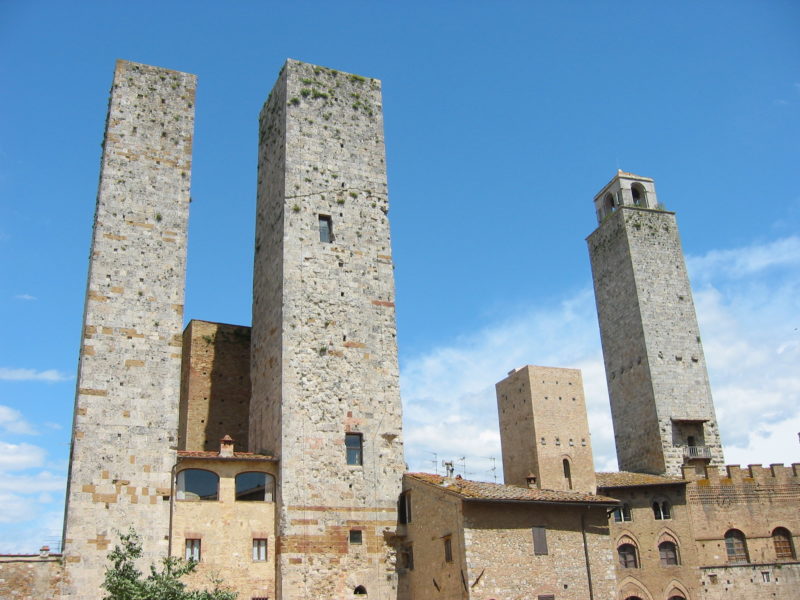
Later, in 1956, I traveled through Italy with Ida Rodríguez and I was seduced (..) by the emotional architecture the two leaning towers of Bologna 22). There I think my idea to build towers came out, and it was Reyes, as always, who gave his opinion about the colors.
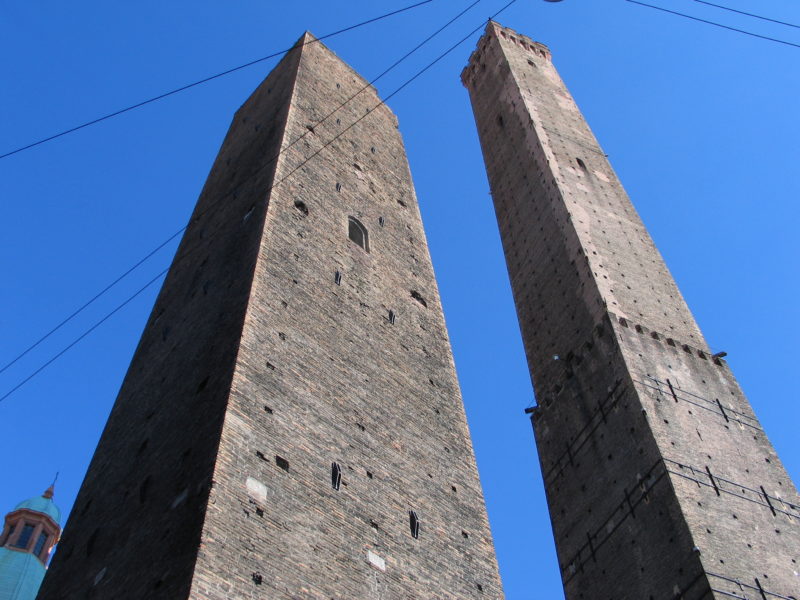

Also, it is believed a friend of both Goeritz and Barragan had given them an idea for creating something resembling the New York Skyline, with the profile of the buildings at twilight.
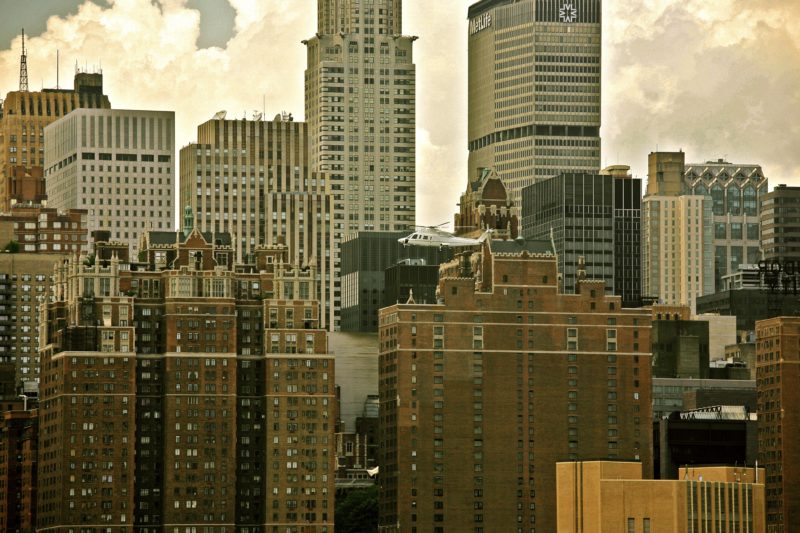
Different perspectives
The Satellite Towers are designed to be viewed from moving vehicles at a certain speed. But the audience can also view it on their feet by climbing up an inclined platform. As a result, the installation does not only become a place of passage but also a place for recreation and meeting.
Moreover, these towers do not go unnoticed by anyone who comes to this place. Goeritz was an artist with a spiritual sense, and he believed that geometric figures of triangular shapes would be something perfect.

By bring triangular figures into longitudinal form, it became a prism. Then, by walking towards the sculpture and up the platform, the towers point skyward, bringing the installation to the fourth dimension.
The Satellite Towers for me were painting; they were sculpture, they were emotional architecture . . . For me, romantic absurdity within a century without faith they have been and are a plastic prayer.

Once you are on the platform, the view of the towers is entirely different, resulting in a dynamic and changing sculptural work. José Miguel Hernández Hernández wrote 2526:
The set is distinguished by the use of representative materials of the contemporary architectural avant-garde such as reinforced concrete and color range representative of Mexican popular taste. On the other hand, the striated of the towers, obtained with the formwork boards of the concrete, gives them a certain quality of naturalness and strength. Finally, the set is raised on a large concrete slab that presents a slight inclination, which allows the principle of the fourth dimension to be enforced since the prisms seem to modify their size as the gaze travels in the place.

The towers also show up in Alejandro Jodorowsky’s 1973 film The Holy Mountain. The leading actor gets lifted up the red tower. For the movie, a circular hole was painted on its side, in which he enters and meets an Alchemist and begins a metaphysical transformation.
Final words
The Towers of Satellite are a cultural heritage, albeit living commentary of a the residential development of Ciudad Satélite (Satellite City).
The towers stand out superbly in the urban fabric as a witness to the large-scale construction of buildings in the surrounding. They do so in an uncontrolled way, which in the process influenced an outstanding project of “city outside the city” that Mario Pani had masterfully planned.
Today we have a superb authentic emblem of the historical magnitude that has survived in high note through the years, preserving its intrinsic dramatic qualities intact.

The towers stand as one of the best examples of contemporary architecture and art, contributing to their own identity in the area. They demonstrate that architecture must be a true visual spectacle as well as a permanent force.
In popular culture, the towers have appeared conspicuously in the surrealist film The Holy Mountain 2728 by Alejandro Jodorowsky.
Because they are an urban and artistic landmark, the towers were declared in 2012 as artistic heritage by Mexican President Felipe Calderon 2930, thus cementing its importance in the history and culture of the city.

Explore nearby
Mexico City, Mexico

 The Miguel Lerdo de Tejada Library13 km away
The Miguel Lerdo de Tejada Library13 km away Francis Alÿs had sheep march in patriotic talesPerformance ended (staged in 1997)13 km away
Francis Alÿs had sheep march in patriotic talesPerformance ended (staged in 1997)13 km away Francis Alÿs pushed an ice block for 9 hoursPerformance ended (staged in 1997)15 km away
Francis Alÿs pushed an ice block for 9 hoursPerformance ended (staged in 1997)15 km away

